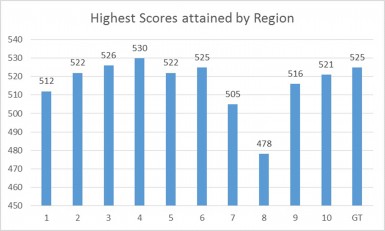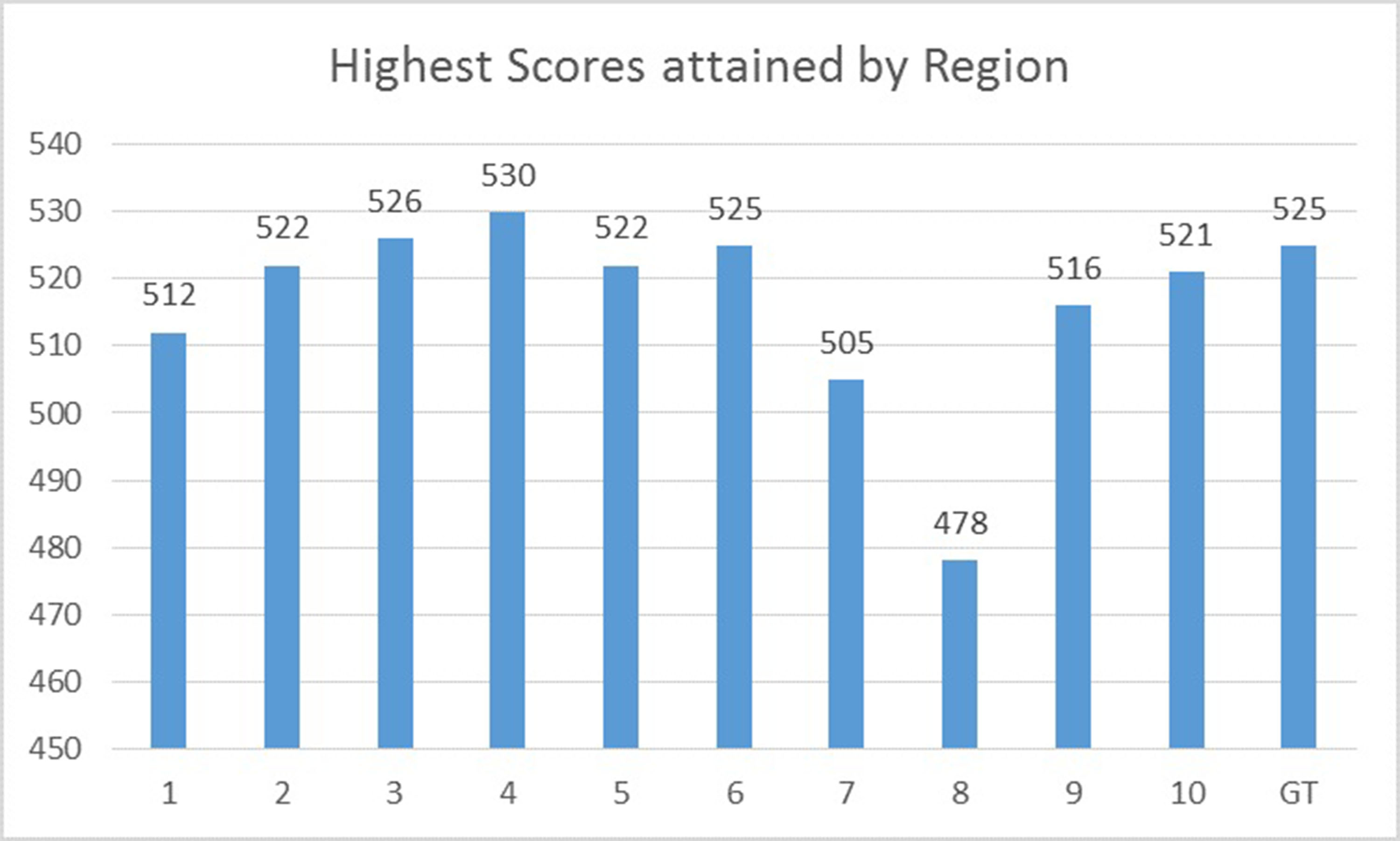Following the announcement of the results of the National Grade Six Assessment (NGSA), new Education Minister Dr Rupert Roopnaraine on Thursday said there is “room for improvement” and signaled plans to restructure how literacy is taught from as early as the Nursery level.
This year’s examinations assessed some 15,225 students across the country in the core subjects of Mathematics, English, Science and Social Studies.
Chief Education Officer (CEO) Olato Sam reported that the students’ performance in English has seen a slight decline. Performances in the three other subjects improved.
 Both Roopnaraine and Sam have promised to make efforts to improve the performance in English through a re-structuring of the way literacy is taught and assessed from as low as Nursery year one. This restructuring, they said, involves both pedagogical and curricular changes.
Both Roopnaraine and Sam have promised to make efforts to improve the performance in English through a re-structuring of the way literacy is taught and assessed from as low as Nursery year one. This restructuring, they said, involves both pedagogical and curricular changes.
Sam noted that the ministry is “getting expert advice,” has consulted with teachers, and communicated with parents on strategies being employed to improve formative evaluations in literacy. These efforts, he stressed, take time to bear fruit as anything in education “takes a minimum of five years to become embedded.”
Another area of concern is the performance of hinterland schools. It was initially noted that Region Nine has seen the most improved increase in candidate performance. Six Percent (6%) more students in that region were able to acquire 50% or more in all of the subjects assessed, with one student, Rennata Nickram, of St Ignatius Primary, earning a place in the top 1%.
Sam explained that this improvement was “expected since there had been great focus placed on teacher training at the nursery and primary in Region Nine.”
“Expanding teaching training facilities has led to a significant increase in trained teachers and better results,” he said.
Roopnaraine noted that in the last four years there has been “a wider national spread, with candidates from almost all regions scoring in the top 1%.”
“This shows a trend of greater equity,” he proclaimed. He said more work has to be done since generally performance in the hinterland is weak. None of this year’s top 1% emerged from regions One (Barima-Waini), Seven (Cuyuni-Mazaruni) or Eight (Potaro-Siparuni).
In fact, the candidates who scored the highest in these regions attained scores that were significantly lower than those of their counterparts in the other regions, where the tenth highest placing candidates outstripped them in many cases.
Students in the hinterland regions who have not achieved the score necessary to attain resident placement at President’s College may find themselves in Primary Tops if there are no discrete secondary schools in their areas.
President’s College is one of the A schools in Region Four. Non-residential places are awarded to candidates in Region Four from Mahaica to Cummings Lodge, who have attained a minimum score of 493 marks. Residential places are offered to candidates from regions One, Two, Five, Six, Seven, Eight, Nine and Ten who have attained scores of 493 marks and above. A total of two hundred and thirty one (231) candidates from schools in regions One, Two, Five, Six, Seven, Nine and Ten are eligible for entry into the school.
These 231 does not include the top performer of Region 8. Loriann Gildhari has earned a place at the Mahdia Secondary School.
The candidates who wrote the NGSA examinations this year had also written the National Grade Two Assessment in 2011 and the National Grade Four Assessment in 2013. The results released by Sam is a representation of the candidates’ overall performance at the three assessments.
The final score, which is used to determine placement at secondary schools, is a combination of 5% of each candidate’s Grade Two score in Mathematics and English, 10% of the Grade Four score in the same subjects, and 85% of each candidate’s Grade Six score in those subjects. The combined scores in Mathematics and English were added to the scores gained in Science and Social Studies at Grade Six for a final total.
The highest possible standardised scores obtainable were: Mathematics–138; English-132; Social Studies-132; and Science-133. The highest possible total score obtainable was 535. (Thandeka Percival)










